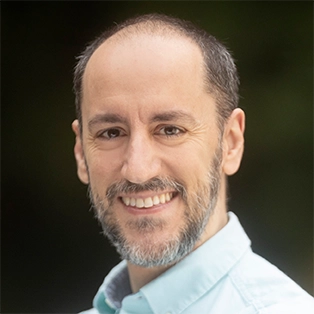Control of chromosome segregation during cell division
Our research focuses on how cells control cell cycle and cell division. We are especially interested in how cells control chromosome segregation during mitosis in human cells; and how different members of the molecular motor family Kinesin and microtubule dynamics help to organize and achieve free-of-error chromosome segregation.
Every living organism must transmit genetic information through successive generations, and the cells of all species use cell division to segregate chromosomes between the two daughter cells. To accomplish this task eukaryotic cells use a complex multi-protein machine called the “Mitotic Spindle”. The major structural and functional components of all eukaryotic spindles are microtubules (MTs) and kinesin motors. Microtubules are nucleated from each centrosome at the onset of mitosis, at which point kinesin motors bind overlapping MTs and drive centrosome separation and spindle assembly. The spatial and temporal regulation of spindle formation and kinetochore capture by MTs ensures the fidelity of chromosome segregation during mitosis. Changes in MT dynamics or kinesin activity can increase chromosome instability (CIN), which is the rate at which whole chromosomes or parts of chromosomes are lost or gained during mitosis. These gains or losses can lead to aneuploidy, a condition in which the two daughter cells finish with an abnormal number of chromosomes following mitosis. CIN and aneuploidy are hallmarks of cancer cells and they are related to cancer development and evolution. However, the molecular mechanisms that contribute to CIN are poorly understood. Thus, it is essential to uncover the details of the mechanisms controlling chromosome segregation and how MTs and Kinesins affects CIN and aneuploidy to develop new and personalized cancer treatments and to completely understand the role of mitosis in health and disease.
To accomplish this, we use an integrated approach that combines Biochemistry, Cell Biology, cutting-edge microscopy (in vivo fluorescence microcopy, TIRF, super-resolution, single molecule) and computer assisted imaging quantification.
Selected Publications:
The microtubule targeting agent ST-401 triggers cell death in interphase and prevents the formation of polyploid giant cancer cells. Vicente, J.J., Khan, K., Tillinghast, G. et al. J Transl Med. 2024 22, 441.
Production of CRISPR-Cas9 Transgenic Cell Lines for Knocksideways Studies. urr Protoc. 2023 Dec;3(12):e965.
Microtubule Targeting Agents in Disease: Classic Drugs, Novel Roles. Cancers (Basel). 2021 Nov 12;13(22).
Functional characterization of MCAK/Kif2C cancer mutations using high-throughput microscopic analysis.Mol Biol Cell. 2020 Mar 19;31(7):580-588.


